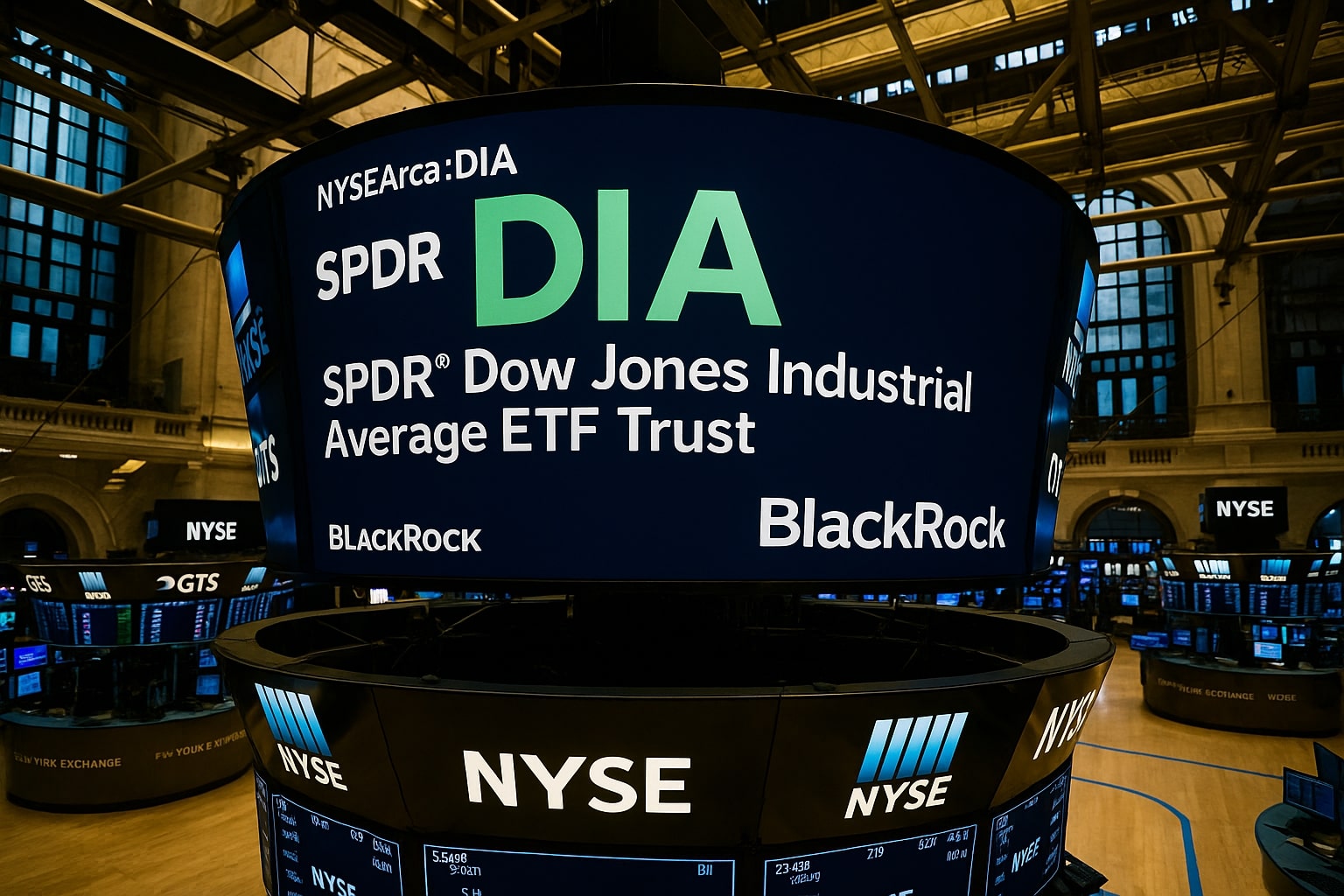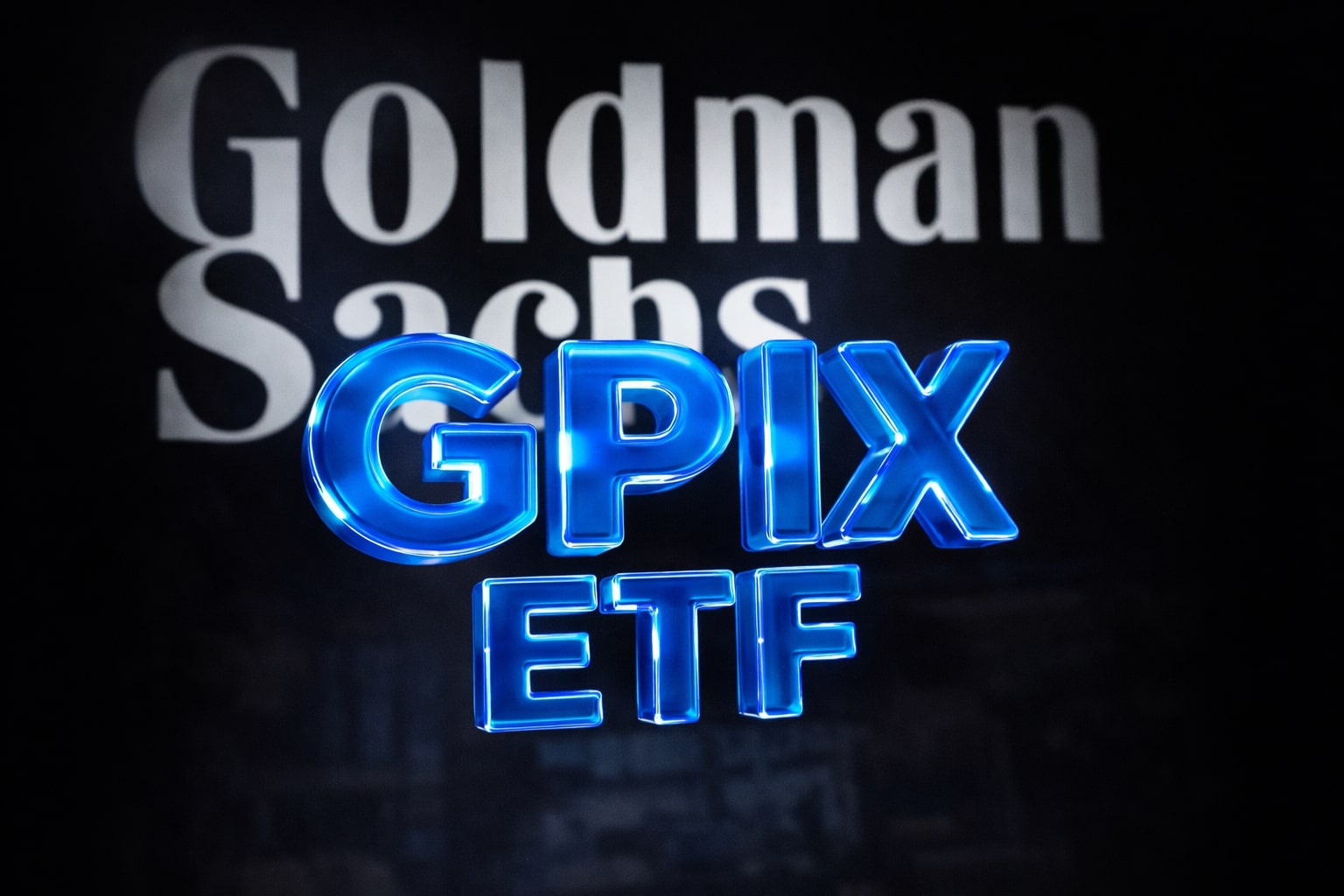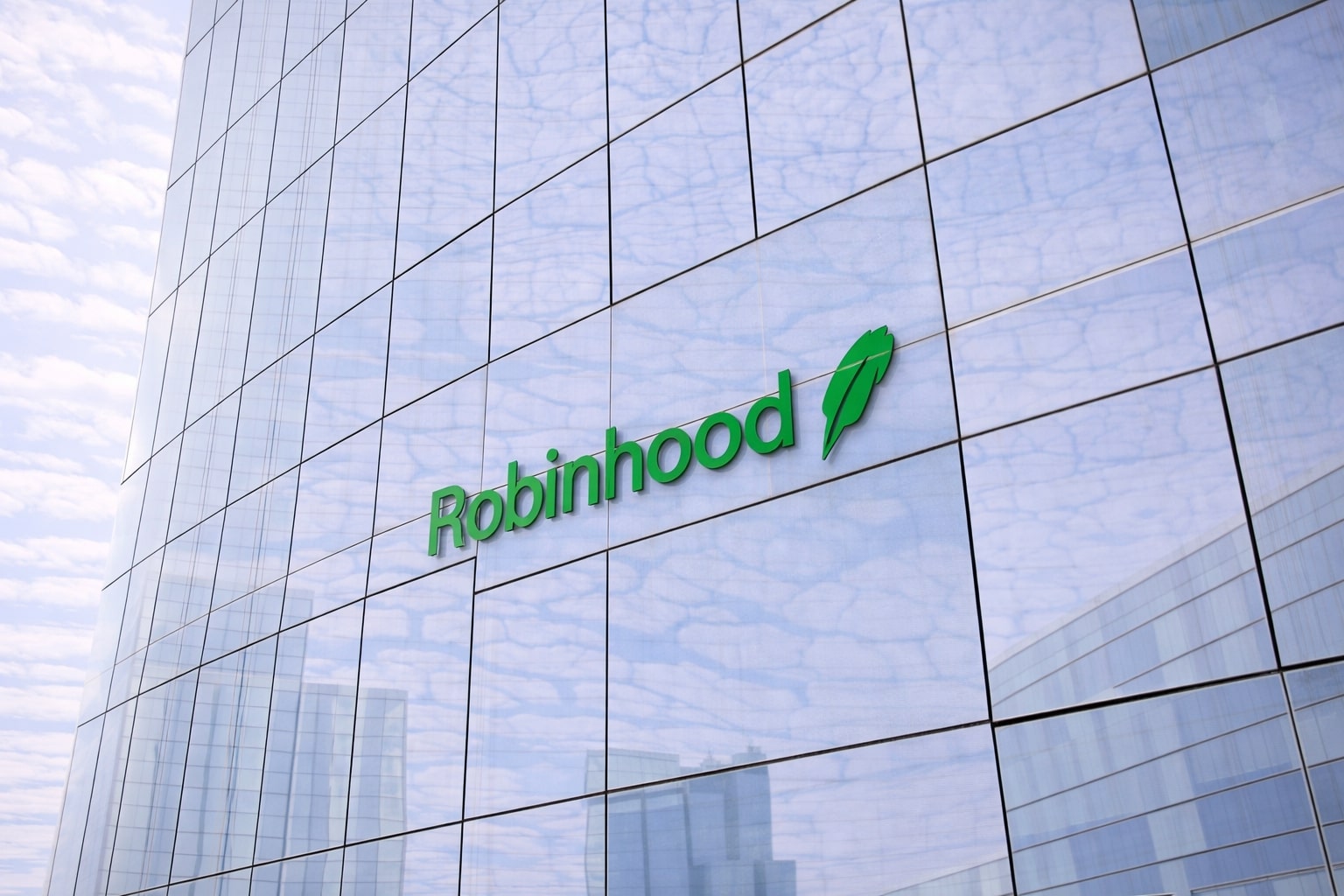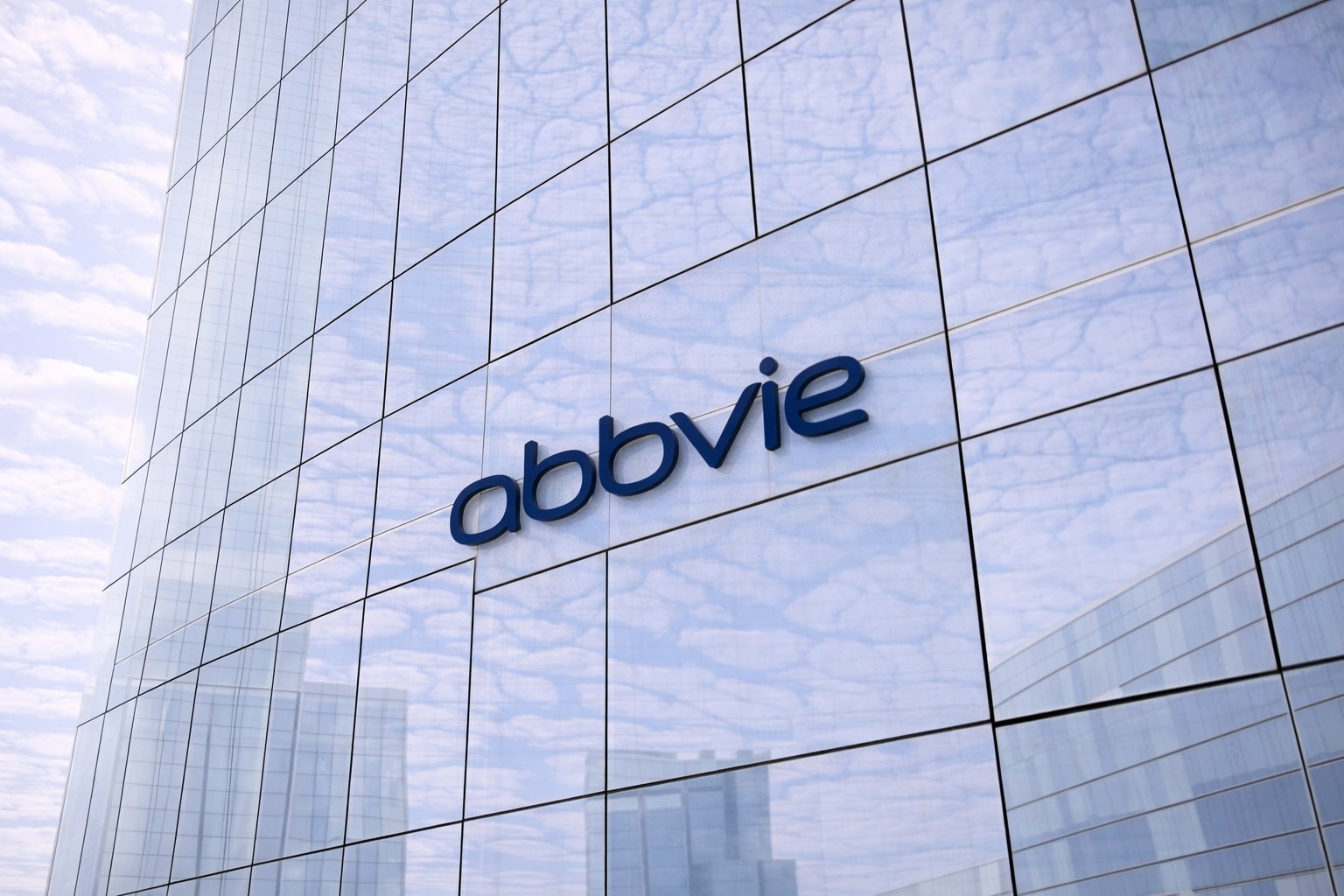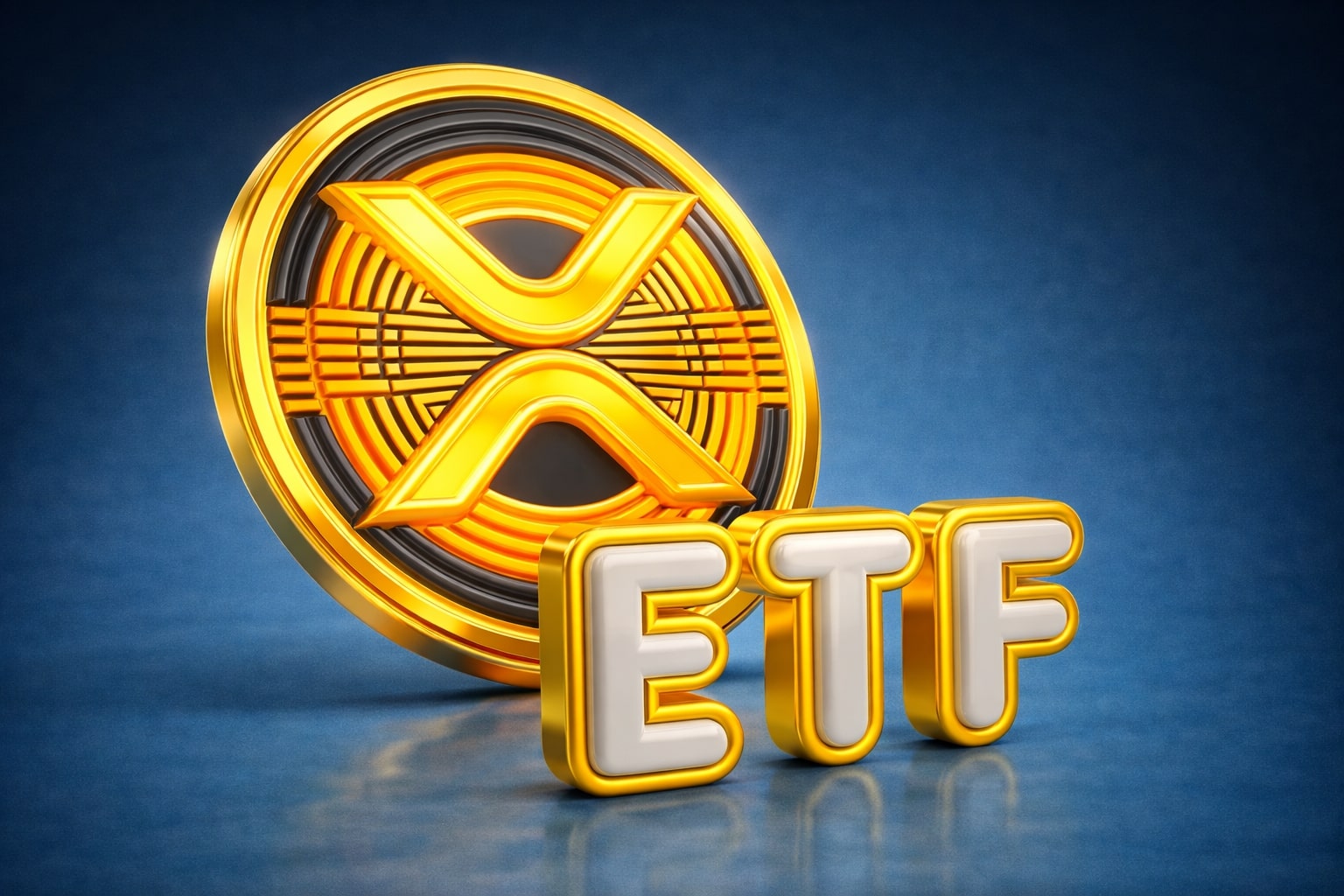Dow Jones ETF (NYSEARCA:DIA) Gains Strength as Powell Signals Rate Cut Path
The Dow Jones Industrial Average ETF (NYSEARCA:DIA) has surged back into focus after Jerome Powell’s Jackson Hole speech sent equities higher and reaffirmed market bets on a September rate cut. DIA, which closed the week near $456.30, has climbed more than 5% in August, outperforming defensive benchmarks while closing the gap toward its all-time high at $463.15. The ETF, which tracks the 30 blue-chip components of the Dow Jones Industrial Average, benefits disproportionately when investors rotate into industrials, financials, and healthcare stocks—sectors heavily represented in its basket. Friday’s 1.2% rally in DIA mirrored the broader risk-on move across equities, but importantly, it showed renewed conviction in cyclical leadership as Powell emphasized that the Fed’s restrictive stance may no longer be justified given labor market fragility and slowing growth.
Labor Market Weakness Supports the Case for DIA Upside
Powell’s dovish tone centered on employment data that is quickly deteriorating. Nonfarm payrolls growth has slowed to an average of 35,000 per month on a rolling three-month basis, the weakest figure since 2020. Meanwhile, unemployment has crept up to 4.2%, a full percentage point above its 2023 lows, with youth unemployment leading the increase. For the Dow’s industrial constituents like Caterpillar (CAT) and Honeywell (HON), and for banks such as JPMorgan (JPM), this shift in Fed focus is crucial. Lower interest rates reduce borrowing costs, stimulate credit demand, and support cyclical demand recovery. DIA’s tilt toward these sectors—industrials make up nearly 20% of its weight, while financials contribute another 17%—means that softening labor conditions paradoxically enhance its bullish outlook if they trigger a monetary pivot.
Growth and Tariffs: Headwinds Turning into Tailwinds
The economy expanded just 1.2% in the first half of 2025, half the pace of 2024’s 2.4% growth rate, reflecting weaker consumer spending and tariff-related distortions. Powell reframed tariffs on Chinese imports—impacting Dow-heavy multinationals like Boeing (BA), 3M (MMM), and UnitedHealth (UNH)—as a “one-time shift in the price level” rather than a prolonged inflation shock. This framing signals that the Fed is unlikely to overreact with further tightening, a clear positive for DIA. At the same time, Powell emphasized the continuation of disinflation trends in housing services and goods, reinforcing confidence that a 25-basis-point cut in September is the Fed’s likely course. Such a move would act as an immediate valuation tailwind for rate-sensitive Dow components, especially in financials and real estate.
Technical Picture: DIA Building Toward a Breakout
Technically, DIA is consolidating above $452, a level that has acted as support since mid-August. Resistance is capped at $460, just below its July peak, with a breakout above that level opening the path toward $470 by September. Below, key support rests at $448, and a breakdown there could see a retest of the $440–$442 range aligned with its 50-day moving average. Momentum readings remain constructive, with the RSI at 63, short of overbought levels, and the MACD line turning positive after crossing in mid-August. Trading volumes surged 18% above average during Friday’s session, a sign that institutions are rotating back into value and dividend-heavy stocks after August volatility.
Investor Flows: DIA Attracting Stability-Seeking Allocations
Institutional flows highlight DIA’s appeal as a stabilizer ETF during uncertain macro periods. In the past 60 days, DIA has attracted over $1.2 billion in net inflows, pushing its AUM above $34.7 billion, according to FactSet. By contrast, growth-oriented QQQ saw net outflows in the same period as investors trimmed exposure to tech after a volatile summer. SPY inflows have also cooled, but DIA’s steady accumulation underscores investor preference for blue-chip safety. Dividend-paying Dow components like Chevron (CVX), yielding 4.2%, and Amgen (AMGN), yielding 3.1%, provide added defensive appeal as bond yields drift lower. This combination of yield, cyclicality, and sector diversification explains why asset allocators are reweighting toward DIA in the current environment.
Verdict on NYSEARCA:DIA
At $456.30, DIA trades at roughly 19.7x forward earnings, slightly cheaper than the S&P 500’s 23x multiple despite offering more stability and higher dividend yield. The ETF’s weighting in cyclical sectors positions it to outperform if Powell follows through with a September cut and the economy achieves a soft landing. With resistance at $460 and a breakout target of $470 in sight, DIA is poised for further upside. Downside risks include unemployment accelerating faster than anticipated or tariffs escalating beyond Powell’s “one-time shift” framing. However, based on flows, insider trends, valuation, and technical momentum, DIA is a Buy, with near-term upside to $470 and medium-term potential toward $490 if the Fed delivers policy easing in September and corporate earnings remain resilient.














